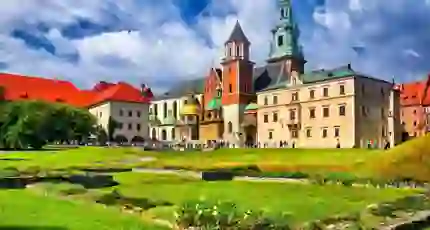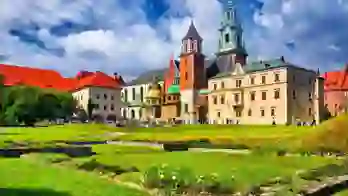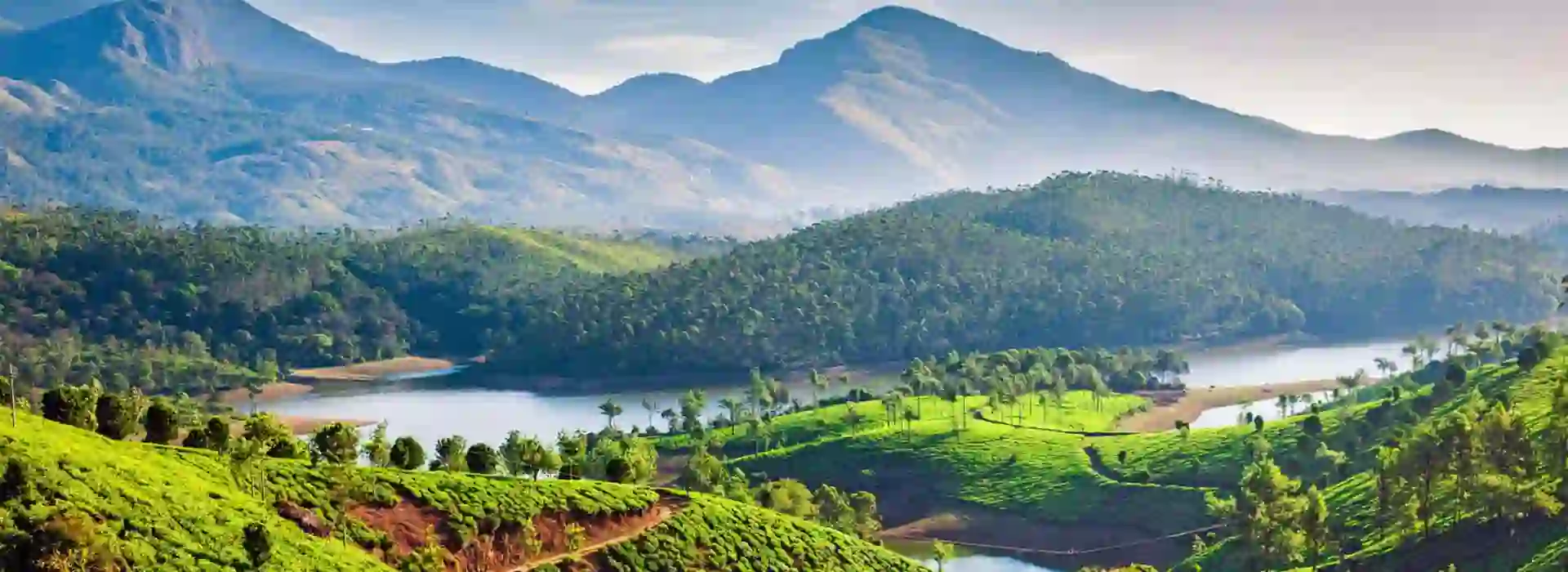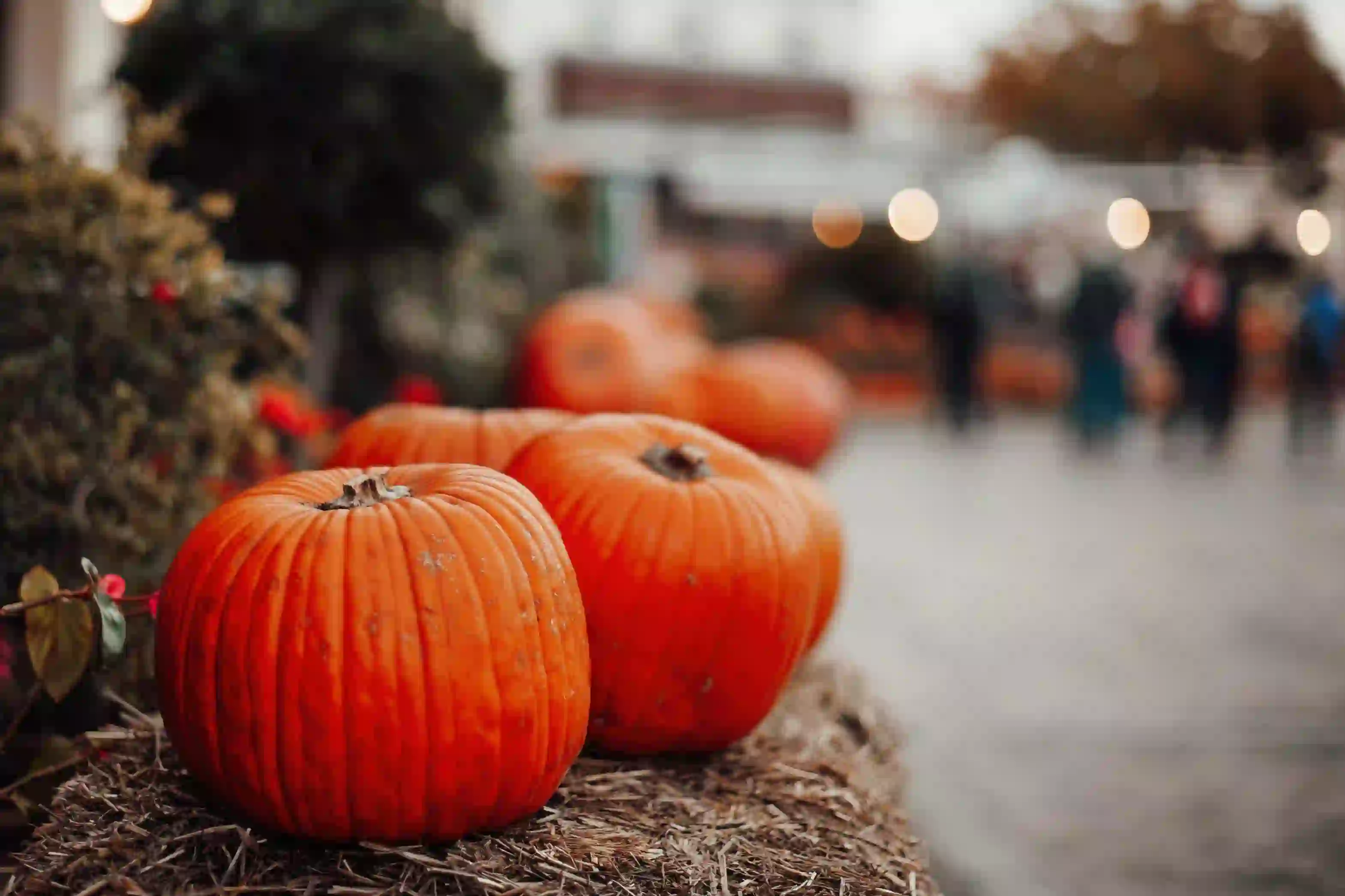
How exploring Krakow helped me understand my heritage
Follow in the footsteps of one of our customers, Linda, in historic Kraków, and find out what she thought of each day of our escorted tour.
Though we love ticking new and exciting destinations off our own wish-lists, it’s just as rewarding helping our customers put their long-held travel plans into action. That’s exactly what happened to Linda, who joined our escorted tour to Poland’s former capital, Kraków, to reconnect with her family’s roots. We caught up with Linda to find out about her experience, from the emotional highs to the poignant moments that stuck in her memory, and here’s what she had to say.

Day One – Travelling to Kraków
We flew out of Manchester airport with EasyJet. Whilst Newmarket Holidays took care of the booking, I had easy access to all flights and details through the EasyJet app.
Arriving at the airport, I negotiated passport control with no difficulty, left the luggage hall, and met up with others who had flown in at a similar time. Duncan, our excellent Newmarket Holidays tour manager, welcomed us and we set off for the hotels. I chose the Inx Hotel specifically for the location, right by the Kazimierz and Podgórze districts.
Given that I have Polish ancestry, this trip was all about discovering my roots. The others on the tour flew in from all over the UK. We were a mixed bunch of ages, genders, and mobility. I was travelling solo, but everyone was friendly.
I had a very comfortable room right on the front of the hotel, the first floor above the tram stop. It was soundproofed so well that I hardly heard the traffic.

Day Two – Walking tour in Kraków
Duncan had provided us each with a map of Kraków, details of how to get about, and the various times of pick up from both hotels. Later, he and a local guide, Ava, met us at the reception for our half-day walking tour.
We walked a few minutes from the hotel into the heart of the Kazimierz district, Kraków’s historic Jewish neighbourhood, and I became totally engrossed in the history of Kraków and how it fared during WWII. Synagogues here have been repurposed into restaurants, book shops, and museums, one originally constructed in the 16th century is still in use.
A short coach ride later, we arrived at the foot of a steep hill with Wawel Castle at the top. I was glad I’d brought a bottle of water with me – we were visiting at the height of summer, and the sun was quite hot!
The view from the top was spectacular. The castle compound was impressive and had been largely restored from the damage inflicted by the German occupation. We headed back to the bottom of the hill, down a different side and along the Royal Route past the home of Cardinal Karol Wojtyla, the Archbishop of Kraków who became Pope John Paul II.
Our walking tour ended with a visit to the main square, Rynek Glówny, and the best was certainly left until last. This is the largest medieval market square in Europe, and there’s the Renaissance cloth hall and the Town Hall Tower. In the northeast corner is St Mary’s Basilica. Every hour on the hour, it chimes then a bugle sounds a tune from the top of the tower in four directions – fabulous!

Day Three – Exploring Auschwitz-Birkenau
This was a day I’ll never forget. We were picked up early for the journey to Auschwitz, around an hour and a half from Kraków. Duncan had prepared us well the day before — what to expect logistically and emotionally. Still, nothing can really prepare you for what you’ll see and feel.
The drive was quiet – whether by choice or unspoken understanding, there was little conversation. On arrival at Auschwitz, we were introduced to our local guide, who was calm, informative, and respectful in tone throughout. We each received headsets so we could hear her clearly without needing to gather closely or raise our voices. It kept the experience quiet and focused.
We entered beneath the infamous Arbeit Macht Frei gate. I've seen the words so many times in books and documentaries, but to walk under them, it felt quite surreal.
Inside the camp, we were taken through the barracks, now turned into exhibitions. Personal belongings, shoes, suitcases and glasses were laid out behind glass walls. Each item once belonged to someone who never left. It’s difficult to describe how it felt. There was a sense of time standing still. The long corridors. The photos of prisoners on the walls — row after row of faces staring back. Name. Date of arrival. Date of death. Often just days or weeks apart.
Later, we moved on to Birkenau, the scale of which was overwhelming. The vastness. Rows upon rows of wooden barracks stretching into the distance. A railway line running through the centre, the same line that brought hundreds of thousands here, most never to return.
The silence out there felt louder than anything else. Not many words were spoken in our group. I took time to walk a little on my own. Just to sit, to think.
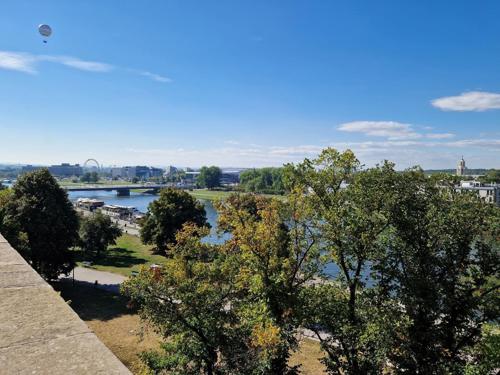
Linda’s final impressions
I don’t think 'enjoyed' is a word anyone would use about a visit like this, but I am grateful I went. It’s a place that needs to be seen, witnessed, and remembered. It affected me deeply, and I suspect it always will. History like this shouldn’t be buried or glossed over. If you’re considering visiting, do. Go with respect. Go with an open mind and heart. Give yourself space afterwards.
Explore Europe’s finest cities with Newmarket Holidays
Whether you’ve been planning a particular European escape for years, or would simply prefer a spontaneous break without the long-distance travel, there are plenty of memorable encounters on your doorstep. Give one of our friendly holiday planners a call to get the ball rolling, or check out our full collection of escorted tours on our dedicated destinations page.

